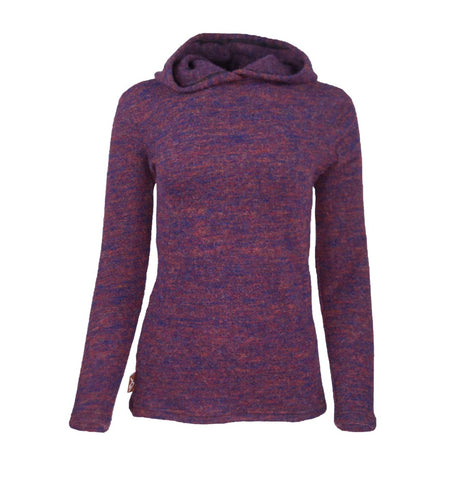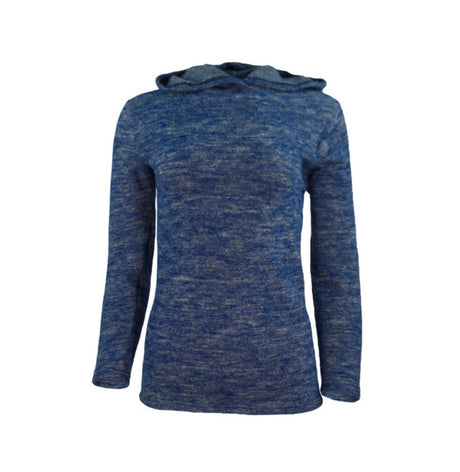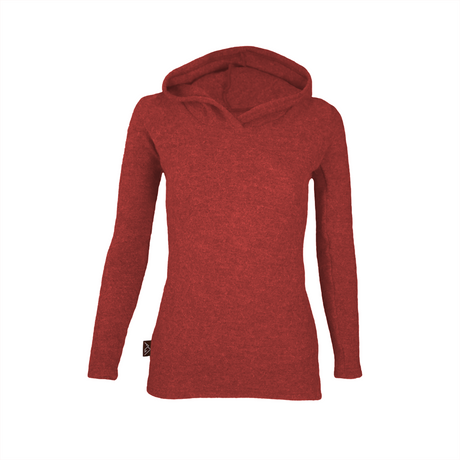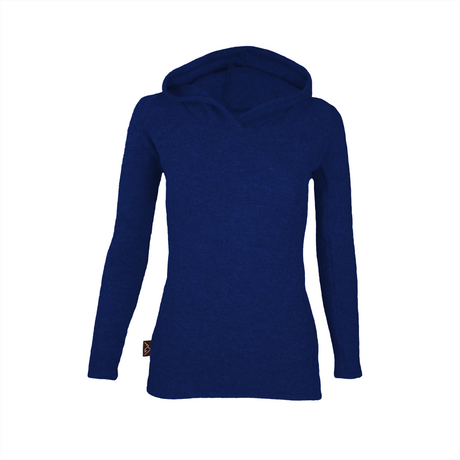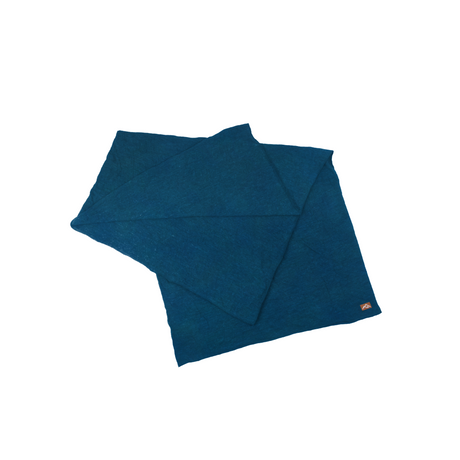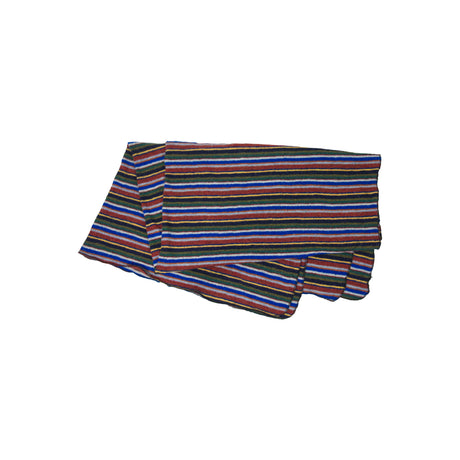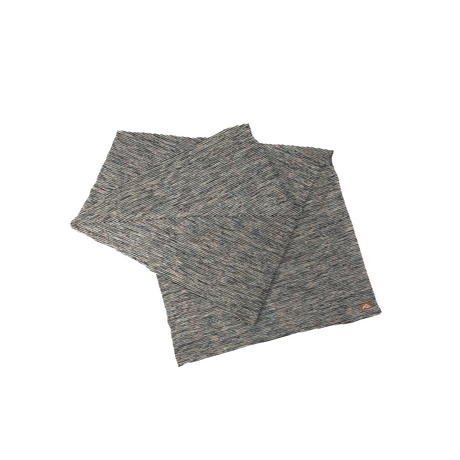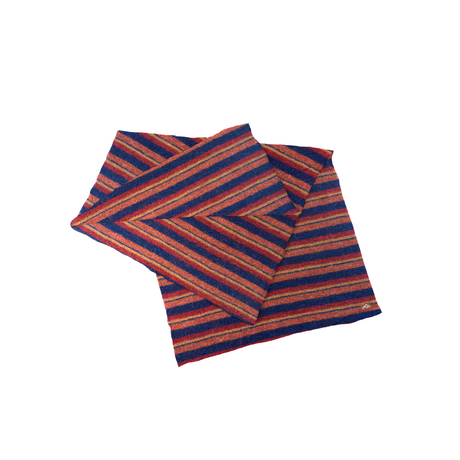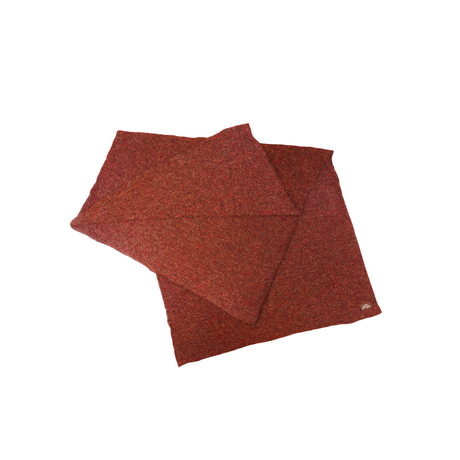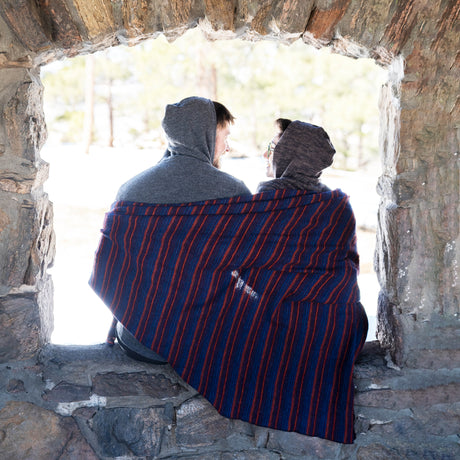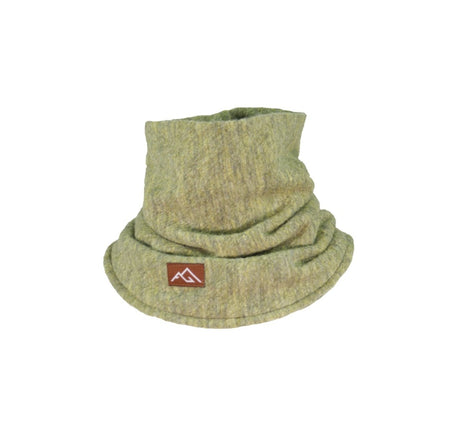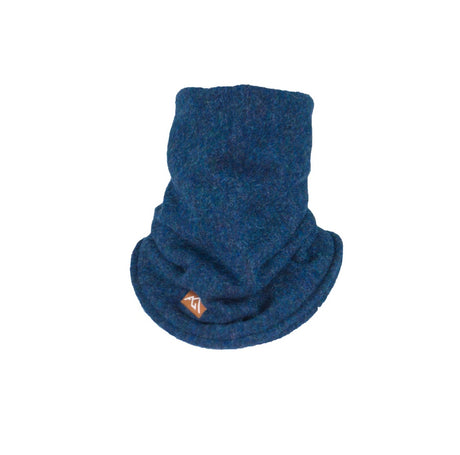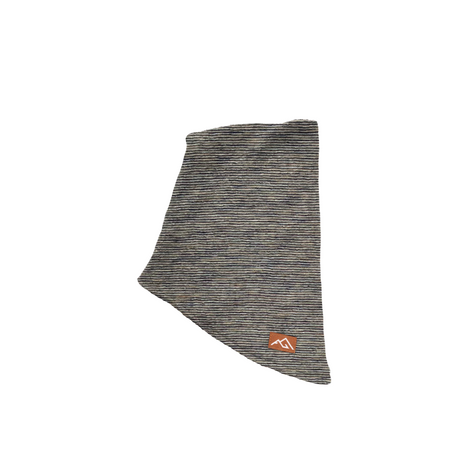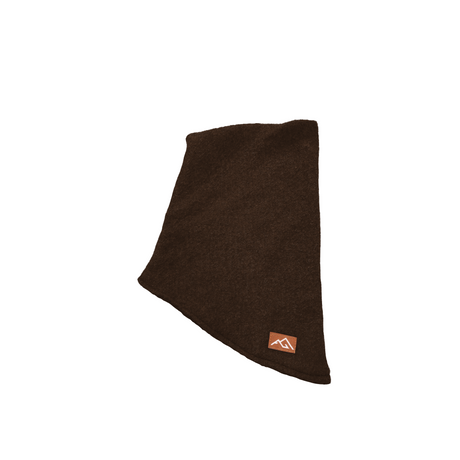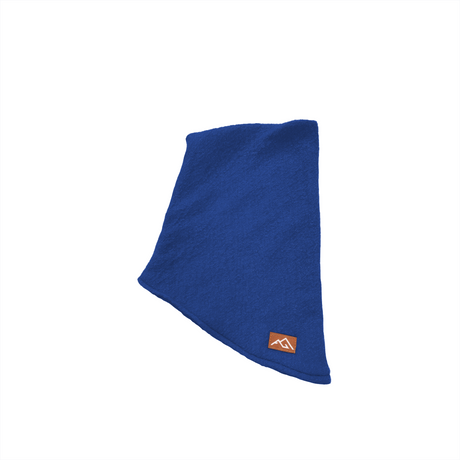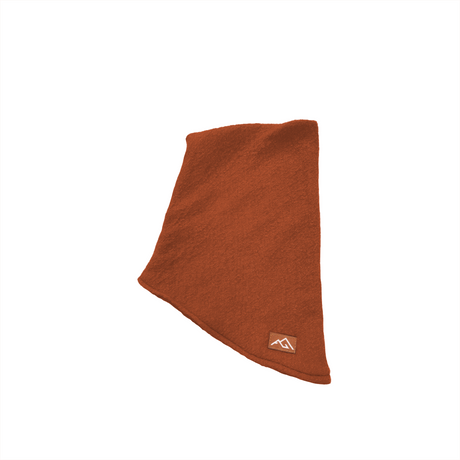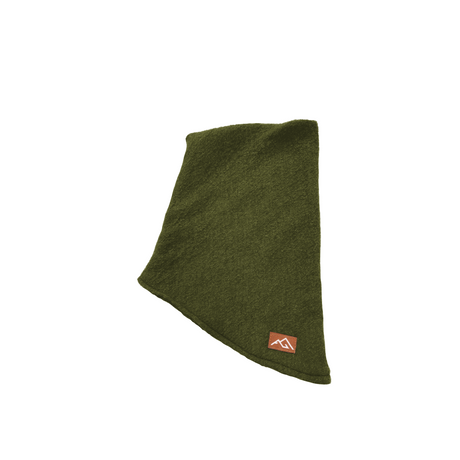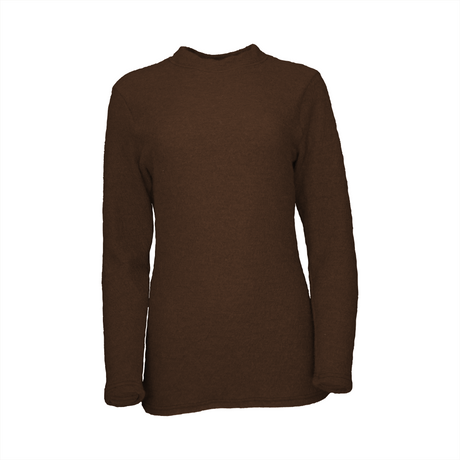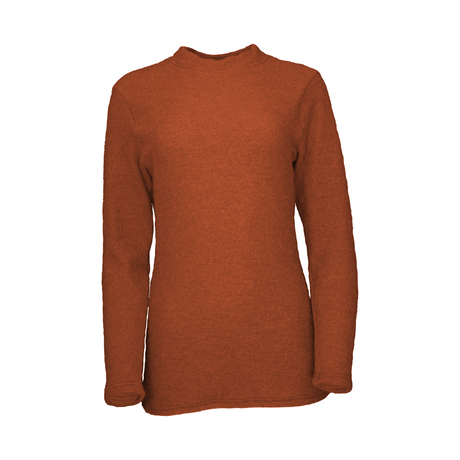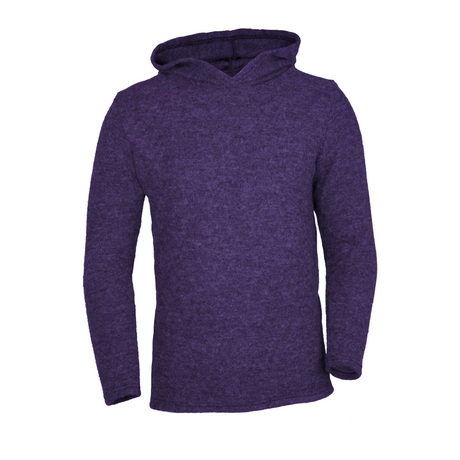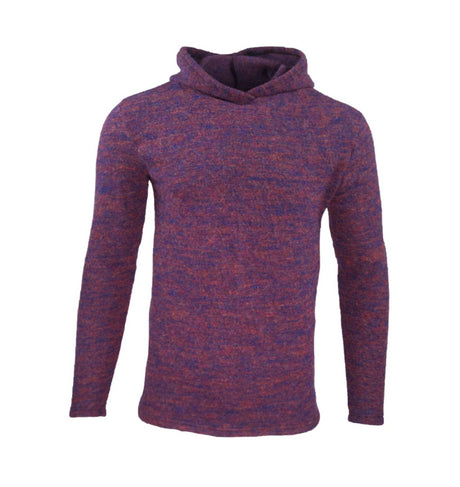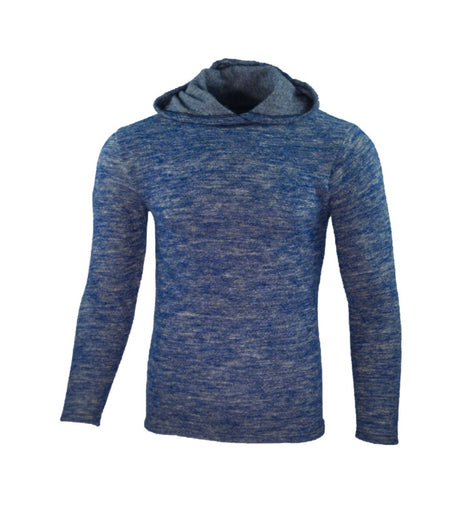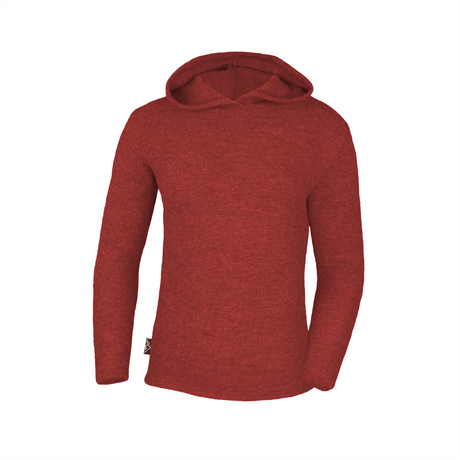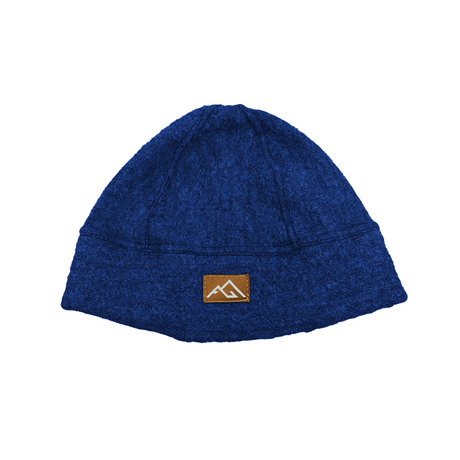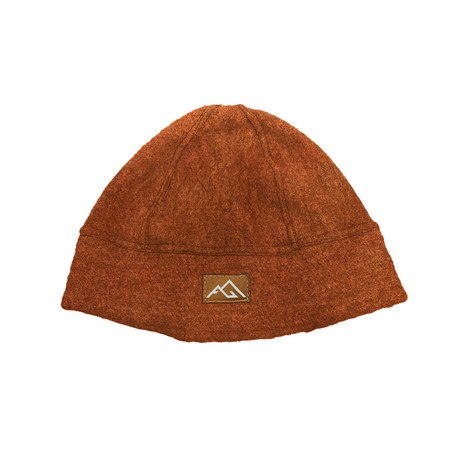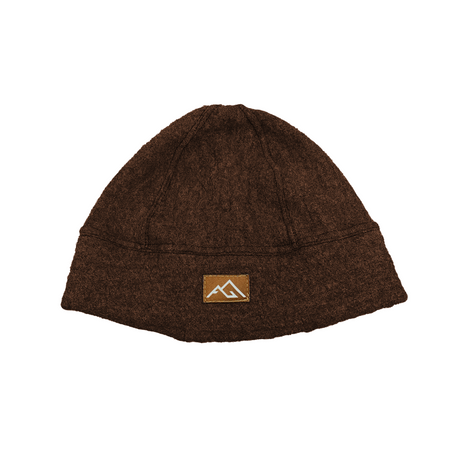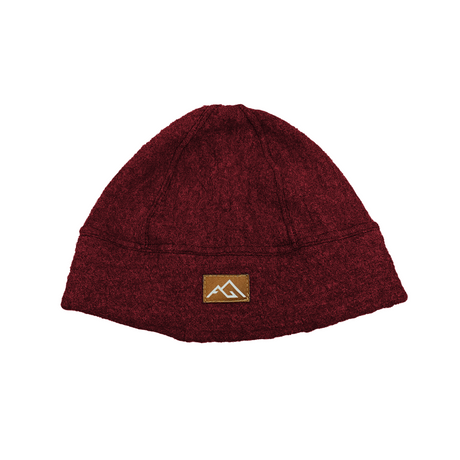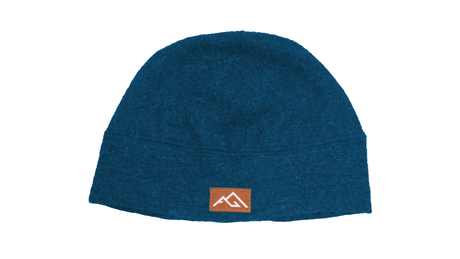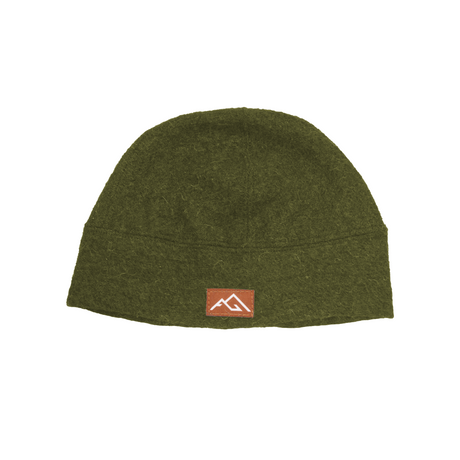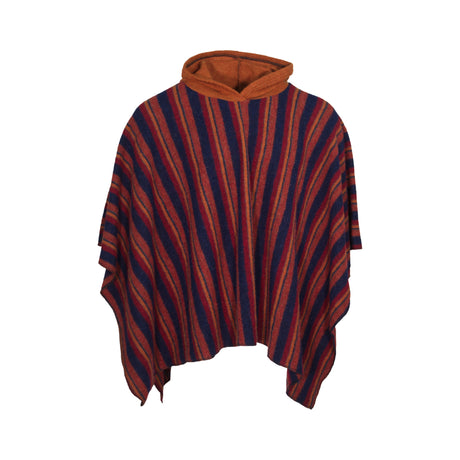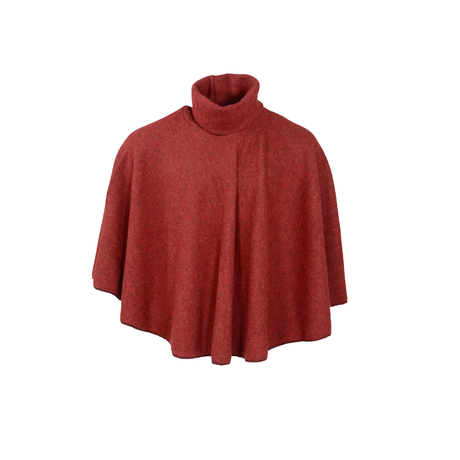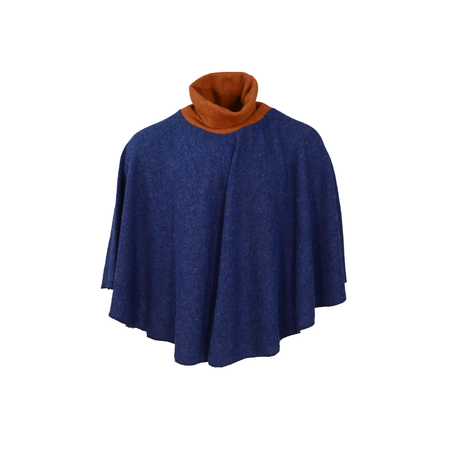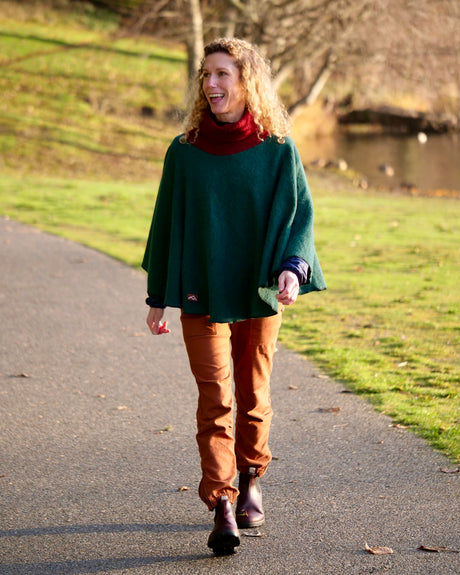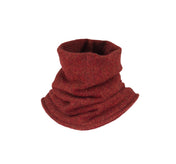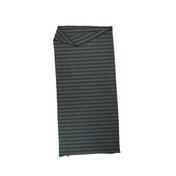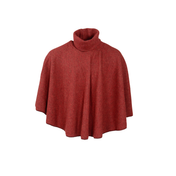Simple Techniques to Reduce What You Pack
A fundamental principle in the world of ultralight backpacking is to carry multipurpose items in order to reduce the weight in your pack—which matters a lot when you’re carrying everything up a mountain! A modern example is a smartphone, which eliminates the need to carry a separate calling card, GPS unit, camera, and guidebook. More traditionally, this has been interpreted by ultralight hikers in some quirky ways, such as using spare socks instead of mittens or wearing rain gear for town clothes while everything else is in the wash. Many backpacking companies make gear with this principle in mind. There are even a few that make shelters that can be worn during the day as a rain poncho.
Although some of these actions are rather niche (and a bit odd!), the underlying principle is applicable to other parts of life as well (and I would say is crux to sustainability). One of these arenas is in travel—the kind that isn’t on foot through the mountains. Whether it’s packing for a weekend trip, a full-fledged vacation, or living life on the road; the number of things you take with you can really add up. In these other travel scenarios, it might not be the weight that is of primary importance, but rather the volume. However, if you’ve ever had to shlep your suitcases across an airport or multiple flights of steps, you probably understand that the weight matters a good bit, too!

Traveling with less is incredibly freeing and well worth the effort that it adds to the planning stage. The increased flexibility available to me as a traveler when I’m going light makes for greater ease and comfort, whether it’s running to catch a flight or dealing with the unexpected. When our rental car broke down in the middle of the night in New Zealand a few years ago, I had one duffle which I was easily able to carry by myself. My travel companions struggled to lug their multiple suitcases along the road and in and out of several motels and rental car places until we were able to find another vehicle. Keeping yourself light can make dealing with life’s challenges much easier.
For any trip I take, I follow several steps to ensure I’m traveling with less, but enough. These steps identify what I’ll take, modify that list, and then ensure that everything fits in my luggage or other allocated space.
First, I lay out everything that I want to take (or think I need), grouping like items together. This makes it easy to spot redundancies such as too many t-shirts or shoes. Then, I begin to apply the multipurpose principle. I look for things that can serve double duty, such as sandals that can also be shower shoes, a scarf that can also serve as a wrap in place of an extra jacket, etc. This helps further reduce the number of items I’m taking, and often leads to a sense of creativity that can be quite fun.
“I look for things that can serve double duty, such as sandals that can also be shower shoes, a scarf that can also serve as a wrap in place of an extra jacket, etc. This helps further reduce the number of items I’m taking, and often leads to a sense of creativity that can be quite fun.”
The second technique I use also stems from backpacking. When clients come to me for help with paring down their backpacking gear, they often don’t know where to start. The first step I suggest is to assess the backpack itself. Depending on the length of their trip and other factors, such as seasonality and resupply intervals, it’s often possible to choose a lower volume pack than they initially started with. This tactic is applicable to any sort of travel (and even more broadly to the home you live in compared to the stuff you own): Reducing the size of the container automatically reduces what you put inside.
For instance, if you’re packing for a weekend trip, the 75-liter extra-large suitcase is probably overkill. Our natural tendency is always to fill empty space. So, if you begin packing in a massive backpack or suitcase, you’re likely to fill it…and then wonder why you brought so much with you. There are two ways to apply the container principle. Once you’ve reduced your items according to the multipurpose principle, then choose the suitcase size (or other appropriate container) that looks right. Everything should fit without much extra room. Alternatively, you can start by choosing the luggage (especially if you know you have dimensional restrictions) and then work to reduce the number of items until they fit. Either method works and will help forestall unnecessary last-minute additions.
Another important thing to remember is that size matters—and not just for the luggage itself. While you can’t change the size of your shoes or clothing, you can control the size of some of the other items you bring. This can be swapping out full size toiletries such as shampoo, toothpaste, and deodorant for small—aptly named— “travel” sizes or taking smaller notebooks, using earbuds instead of headphones, or bringing paperbacks (or even better, audio or eBooks) instead of hardcovers. Looking for ways to take just enough or a smaller/lighter version of whatever possible will cut down on the volume and weight you need to transport.
As a backpacker, I quickly learned to embrace the mentality of taking less. I didn’t mind going out in public stinky—or wearing rain gear—when I was in the midst of a thru-hike. However, it was difficult to achieve that same level of minimization when it came to what I took on my multi-week vacations, international travel, and—more recently—living on the road for most of the year. Even using the techniques above, I still ended up taking a lot more than I really would have liked, especially clothing.
Cue my aha moment: natural fibers.
I bought my first technical wool piece in 2005 for my first thru-hike of the Pacific Crest Trail. I cherished that expensive base layer because of the cost, more than the performance. It wasn’t until much later when I began to actively transition my wardrobe to natural fibers (read more here) that I stumbled onto the final key to traveling (and living) with less.
“It wasn’t until much later when I began to actively transition my wardrobe to natural fibers that I stumbled onto the final key to traveling (and living) with less. Natural fibers such as wool, alpaca, silk, cotton, hemp, and linen have several characteristics that make them ideal for travel—especially longer trips.”
Natural fibers such as wool, alpaca, silk, cotton, hemp, and linen have several characteristics that make them ideal for travel—especially longer trips. Primary among those characteristics is their natural anti-odor properties. While all natural fibers retain less odor than synthetics, wool and alpaca tend to be the most anti-stink with cotton and linen running not far behind. This translates into more wears between washings, and for traveling, this means less items needed for the duration of your trip since you can wear things multiple times without needing to launder. This even applies if you’re getting sweaty.

The ability of natural fibers to repel stink is linked to the complexity of their fiber shape. Unlike synthetic fibers (which are ultimately made from plastic) natural ones, especially the protein fibers of wool and alpaca, have more binding sites in their porous fibers. In short, the bacteria that cause odor get “hidden” in them. (Read more about this fascinating phenomenon here.) This means that simply airing out the clothing after use is typically enough to keep odors at bay.
As a highly active person, I used to wear polyester clothing to run and hike. Because of the smell, these items always went into the laundry after every wear. When I began spending half of my year living on the road and taking long international trips, this practice became untenable without finding a laundromat every week. After a couple of frustrating trips, I started packing only cotton casual clothes and merino activewear. In addition to not having to seek out laundromats all the time, it also allowed me to finally reduce the number of clothing pieces I took with me without smelling like a thru-hiker.
Learning to travel with less has been a trial-and-error journey for me, but with every trip I tweak what I bring. I have a rainbow coded master spreadsheet that has tracked my progress (don’t judge!). Over time, it’s become fun to see how little I can bring and still be comfortable. Now, for a six-month trip I only take 2 of each category of clothing (long sleeved shirts, short sleeved shirts, pants, etc.) with almost everything being made of silk, wool, alpaca, cotton, or linen. This adds up to so much less than I previously thought I needed and still gives me the opportunity to rotate items so that they can air out in between wears. On our last trip, I only washed laundry after two months on the road, with handwashing and spot cleaning prior. This strategy ensures that not only do I have what I need, I have what I want, too—which is comfort, performance, and simplicity.



